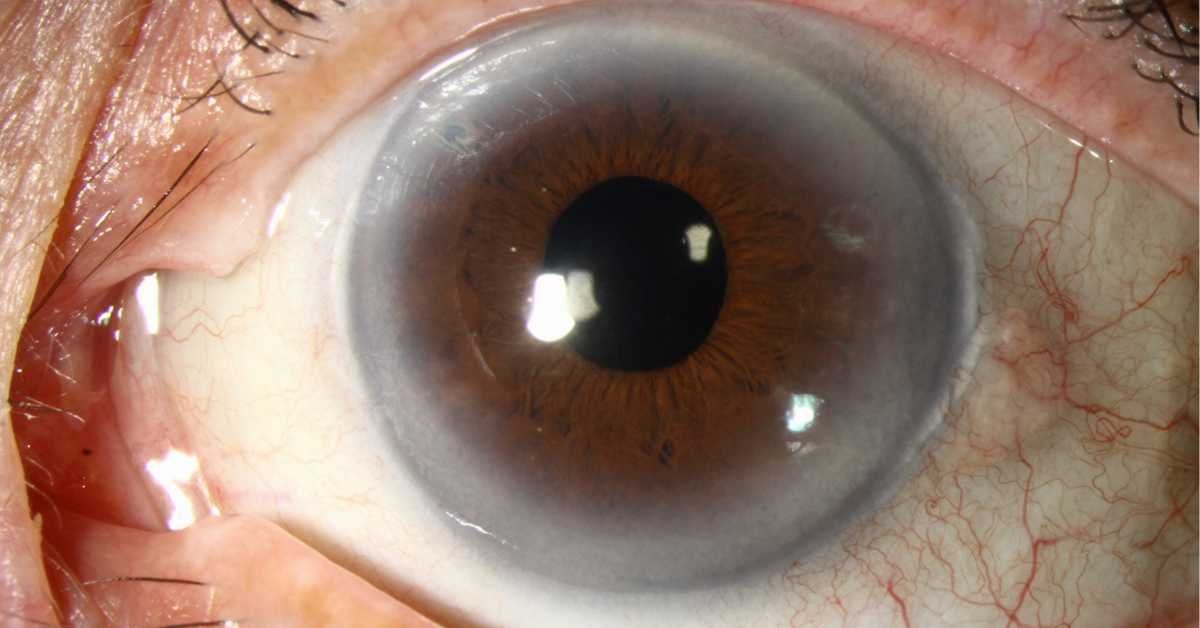Beyond Vision: How Your Optometrist Can Detect Early Signs of Cholesterol Problems
When most people think of an optometrist, they associate them with eye exams, glasses, or contact lenses. However, a routine eye exam can reveal more than just your visual acuity. In fact, your optometrists may be able to detect early signs of cholesterol problems during your eye examination. In this blog post, we'll explore the connection between elevated cholesterol levels and eye health.
The Hidden Link: Elevated Cholesterol and Your Eyes
Elevated cholesterol levels in the blood can lead to a buildup of fatty deposits in your arteries, increasing the risk of heart disease and stroke. While it might seem unrelated, these cholesterol deposits can also affect your eyes.
One of the most visible signs of elevated cholesterol levels in the eyes is a condition known as "arcus senilis" or simply "arcus." Arcus is characterized by a white or grayish ring around the cornea's outer edge near the iris. While it's more common in older individuals, it can also occur in younger people with high cholesterol.
How Does Arcus Develop?
Arcus is caused by the accumulation of cholesterol and other lipids in the cornea's periphery. As these deposits build up, they create a visible ring that can be detected during a routine eye exam. While arcus may not affect your vision, it can be a significant indicator of underlying health issues, including elevated cholesterol levels.
The Significance of Detecting Arcus Early
Detecting arcus during an eye exam is crucial because it can signal the presence of elevated cholesterol levels, which, if left untreated, can lead to severe cardiovascular problems. By identifying this early warning sign, your optometrist can recommend you consult your primary care physician for a comprehensive lipid profile and overall cardiovascular health workup. This evaluation may include a lipid profile blood test, measuring various cholesterol and triglycerides.
A study published in the American Journal of Ophthalmology in 2003 found that in a sample of elderly individuals, about 47% of those with arcus senilis had elevated cholesterol levels.
What Causes Elevated Cholesterol Levels?
Both genetic and lifestyle factors can influence elevated cholesterol levels. The specific percentage of high cholesterol levels attributed to genetics can vary from person to person. However, it's estimated that genetics can play a significant role in determining cholesterol levels.
Here's a rough breakdown:
Genetics: Genetic factors can account for 25% to 50% of a person's cholesterol levels. Some individuals have genetic mutations or variations that make them more prone to high cholesterol levels. Conditions like familial hypercholesterolemia are genetic disorders that can lead to excessively high cholesterol levels.
Lifestyle Factors: Lifestyle factors, including diet, physical activity, and smoking, also have a substantial impact on cholesterol levels. Poor dietary choices, lack of exercise, and smoking can contribute to elevated cholesterol levels. In many cases, lifestyle factors play a more significant role than genetics.
Other Factors: Other factors, such as age, gender, and underlying medical conditions (e.g., diabetes), can influence cholesterol levels as well.
It's important to note that while genetics can predispose individuals to high cholesterol, lifestyle modifications and medical treatments can effectively manage and lower cholesterol levels, reducing the risk of cardiovascular disease.
What to Expect During Your Eye Exam
During your routine eye examination, our optometrists will examine the front and back of your eye, including the cornea. If arcus is present, it will be visible as a white or grayish ring encircling the cornea's outer edge. Your optometrist may also ask you about your medical history and any family history of cholesterol-related issues.
Conclusion: Taking Action for Your Health
Your optometrist plays a critical role in your overall health, and their ability to detect early signs of cholesterol problems, such as arcus, underscores the importance of regular eye examinations. By identifying these warning signs, you can proactively manage your cholesterol levels and reduce your risk of cardiovascular disease. Remember, your optometrist is not only focused on the clarity of your vision but also your well-being, making your regular eye exams a vital part of your overall health maintenance. Don't overlook the potential hidden messages your eyes may hold—schedule an eye examination today and ensure you care for your vision and health.
*Image via eyerounds.org



